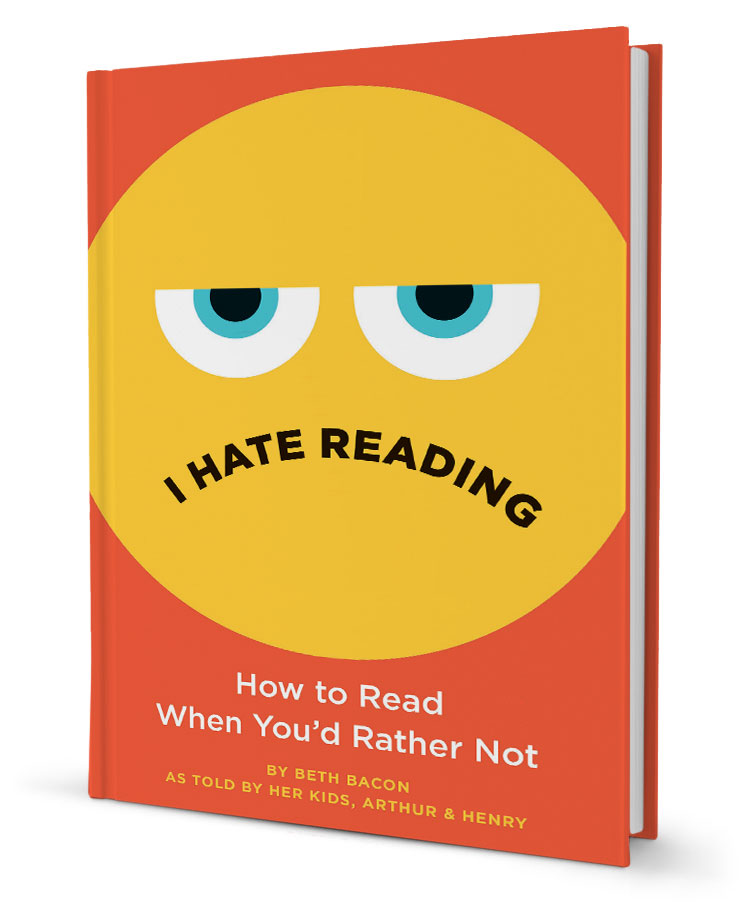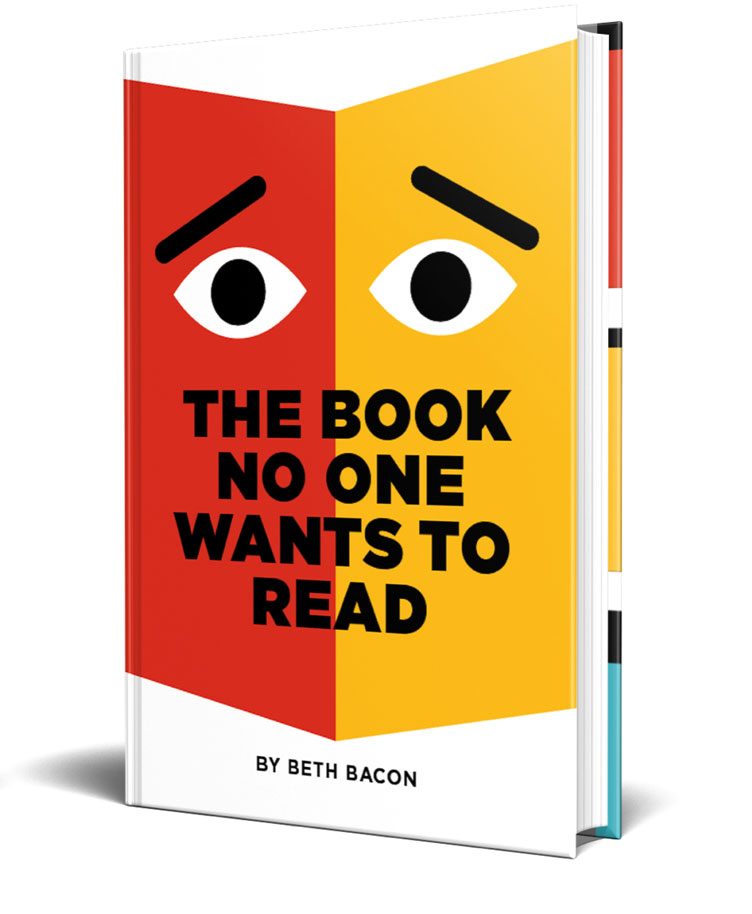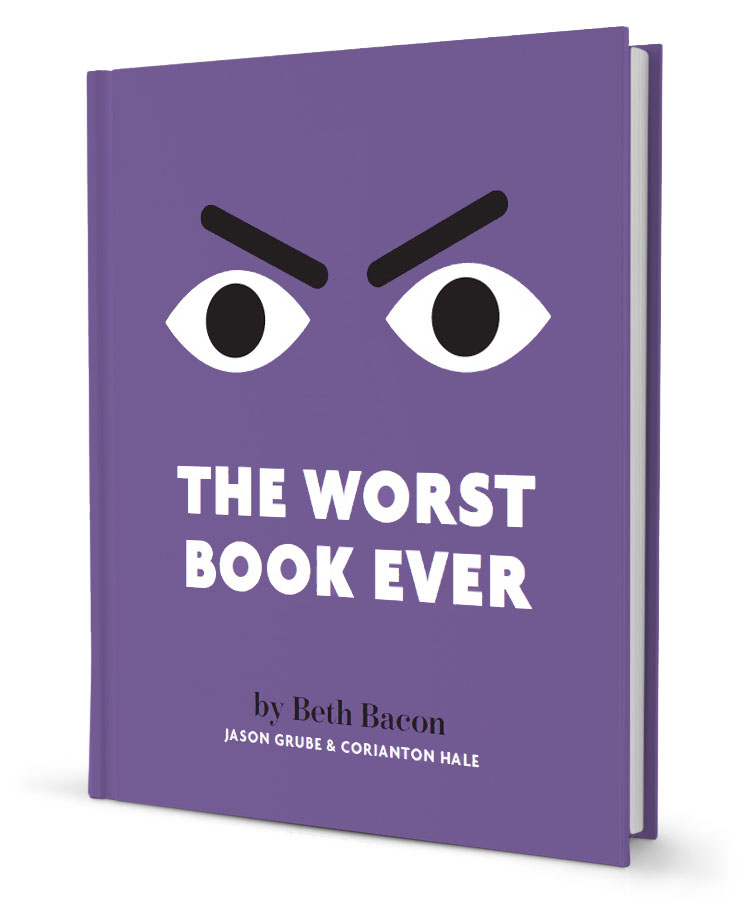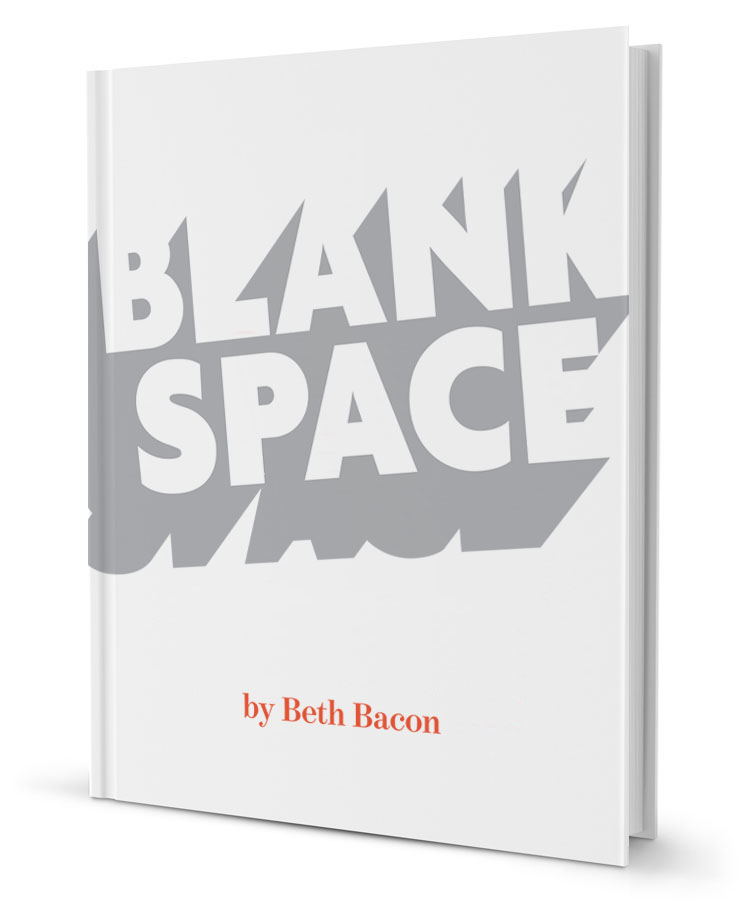There may be nothing more daunting to a struggling reader than a page crammed margin-to-margin with letters. Reluctant readers “often look at a page filled with words and think, This is too much! And quit before they begin,”notes Dorie Raybuck in The Horn Book Blog. To counteract this reaction, Raybuck advocates novels in verse for middle grade students.
But what about children who are not yet ready for novels in verse? What these kids need are early readers in verse.
 My new book, Blank Space, uses concrete poetry to tell the story of a student whose favorite part of a book is… the blank space. Empty areas on the page give striving readers a place to catch their breath during marathon reading sessions. (And for struggling readers, every reading session is a marathon!)
My new book, Blank Space, uses concrete poetry to tell the story of a student whose favorite part of a book is… the blank space. Empty areas on the page give striving readers a place to catch their breath during marathon reading sessions. (And for struggling readers, every reading session is a marathon!)
Concrete poetry convey meaning using typography and the graphical placement of words on the page. In Blank Space, a sentence about a magic carpet looks like a magic carpet. A line about a mountain range has jagged peaks. A diving board looks like… you guessed it!
Many of today’s reluctant readers are visually literate. Blank Space helps readers along by using their visual literacy to nudge along their alphabet-literacy.
What really matters, argues Raybuck, is that young readers feel successful during independent reading time. The concrete poetry in Blank Space helps them understand the story while giving them lots of refreshing emptiness to recharge their batteries as they perform the hard work of finishing a book.






As an English Language Arts teacher who has worked with striving readers in full inclusion classrooms for 17 years, Beth’s books fill a void in the reading world—books for kids who strive to read but who rarely feel like they experience success, much less enjoyment! Beth’s collection of books gives striving readers what they are lacking most—reading engagement.
Thanks, Debra! What other strategies do you use to get reluctant readers engaged?